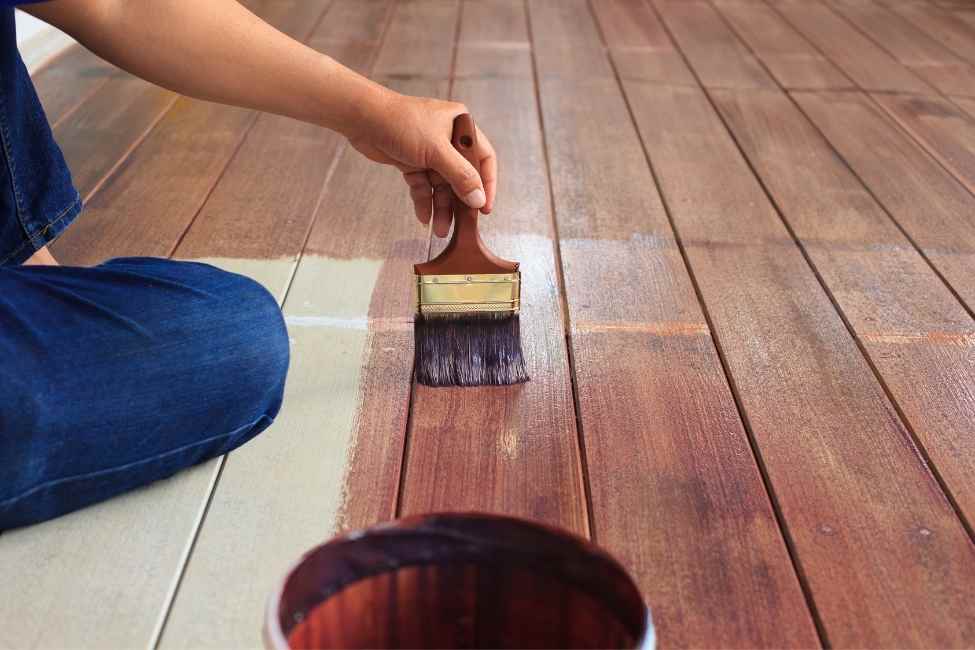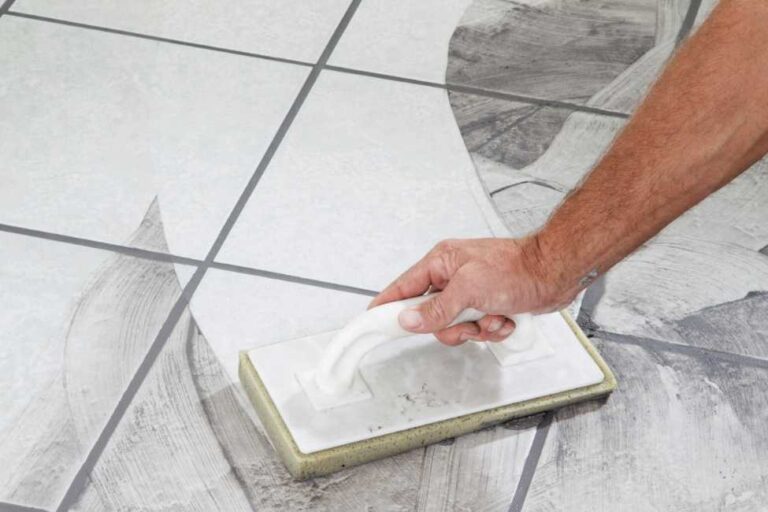9 Ways To Make Your House More Eco-Friendly
There’s a lot to consider when building or renovating a house, with factors such as cost, location, and square footage. And yet there’s another factor that all too often gets swept under the rug — the environment.
Most people are under the impression that making your home eco-friendly requires heavy expenditure. In truth, there are several things you can do to make your home contribute less to global warming while saving money on utility bills and increasing comfort at the same time. By becoming more environmentally friendly, you will be able to increase your property’s value and make it easier to sell or rent if need be.
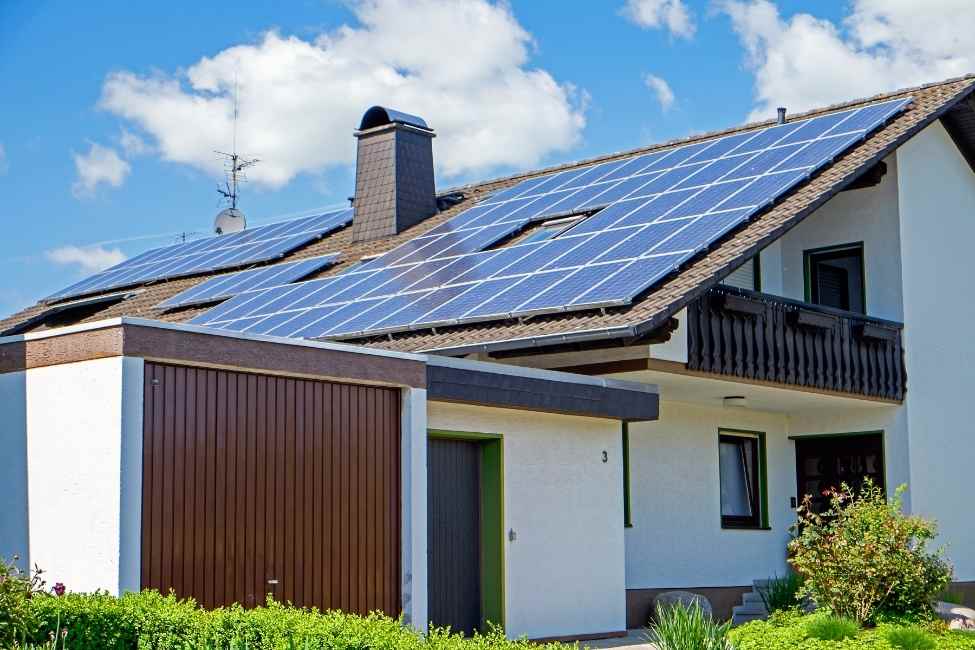
What Makes A House Eco-Friendly?
As one of the largest consumers of energy and resources, houses create a huge carbon footprint. Modern homes are now being designed to minimize these harmful effects, keeping sustainability in mind.
The eco-friendly house aims to reduce toxic waste production, lower energy consumption, and increase resource efficiency while using environmentally friendly materials. This may sound like a lot, but an eco-friendly home is simply one that aims to positively impact the environment on various levels.
Here are nine ways to make your house more eco-friendly, so let’s take a look at them without any delay.
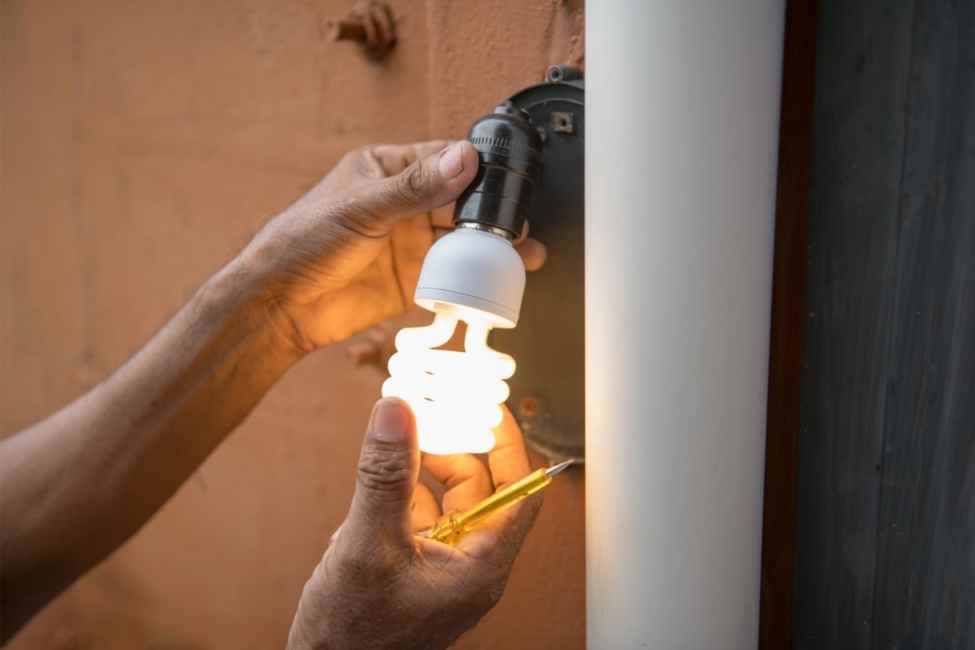
1. Use Energy-Efficient Lighting
Energy-efficient light bulbs have been around for a while now, but it was only recently that the general public has come to realize their benefits.
These bulbs are light on your electricity bill thanks to their exceptional energy-saving capabilities. They last much longer than regular light bulbs. And because of their long life, installing energy-efficient lighting saves your replacement costs, all the while lowering your electricity charge.
2. Switch to Cold Water in the Washing Machine
Washing machines are essential home appliances, meaning most households own at least one unit. Even though we use these heavily, most of us are unaware of the enormous amount of energy that washing machines consume as they clean clothes. Research suggests that over half the power taken up by the washing machine goes to heating up water.
Thus, to save more energy, it’s a good idea to start using the cold water setting on your washing machine, which uses the slightest bit of energy. By skipping out on heating the water, you reduce the carbon dioxide emissions released during the process.
Furthermore, hot water can degrade the quality of some fabrics, making their color fade. So using cold water in the wash will also aid in making your clothes last longer.

3. Invest in Solar Panels
Although solar panels require a significant monetary investment, their future benefits outweigh the costs.
Once you install solar panels, you no longer need to rely on traditional energy sources. This helps to significantly cut down your electric bill and save you a pretty penny. Plus, solar panels are a cleaner energy source that does not harm the environment. You get to save on utility bills while saving the environment.
4. Switch to Eco-Friendly Cleaning Products
Most cleaning products we use in our homes contain a hoard of cleaning agents prepared using toxic chemicals. These chemicals end up in the ecosystem through sewage and cause damage to our ecosystem.
As an alternative, the ideal solution to this issue is to use natural homemade cleaners such as baking soda, vinegar, and lemon juice. Using simpler methods might not be as satisfying as using strong chemicals, but it’s safer and cheaper.
Various non-synthetic and organically made products are sold on the market now, lowering the risk of any harm to the immediate environment or yourself.
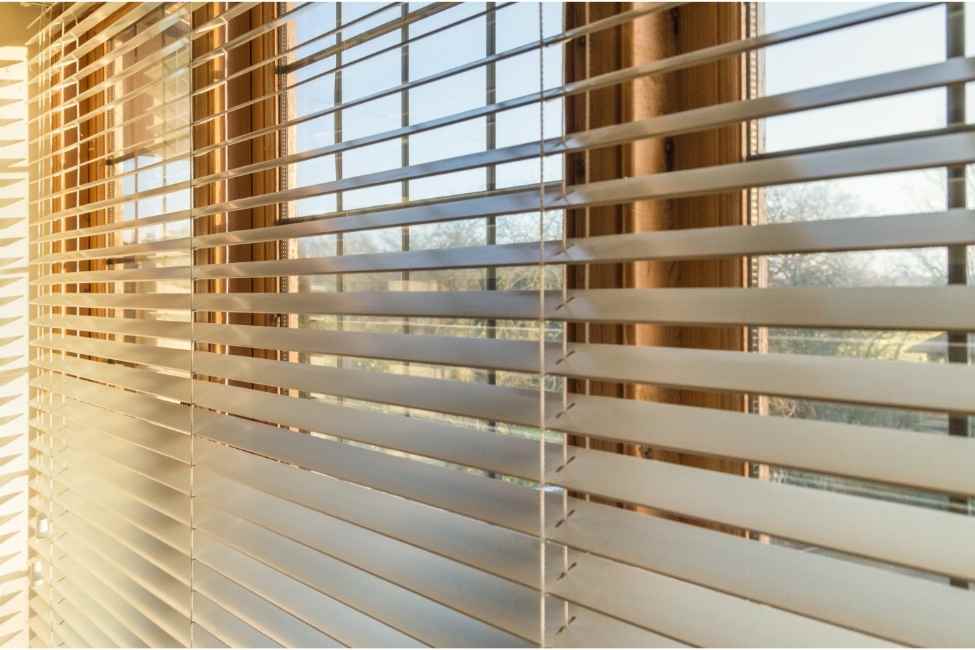
5. Make Use of Window Treatments
Did you know that making efficient use of blinds and curtains for your windows can help you save energy costs?
You might already be using them for privacy’s sake, but now you can also buy blinds that keep your house cooler. There are window blinds available specifically for summers that keep your home cool by warding off sun rays.
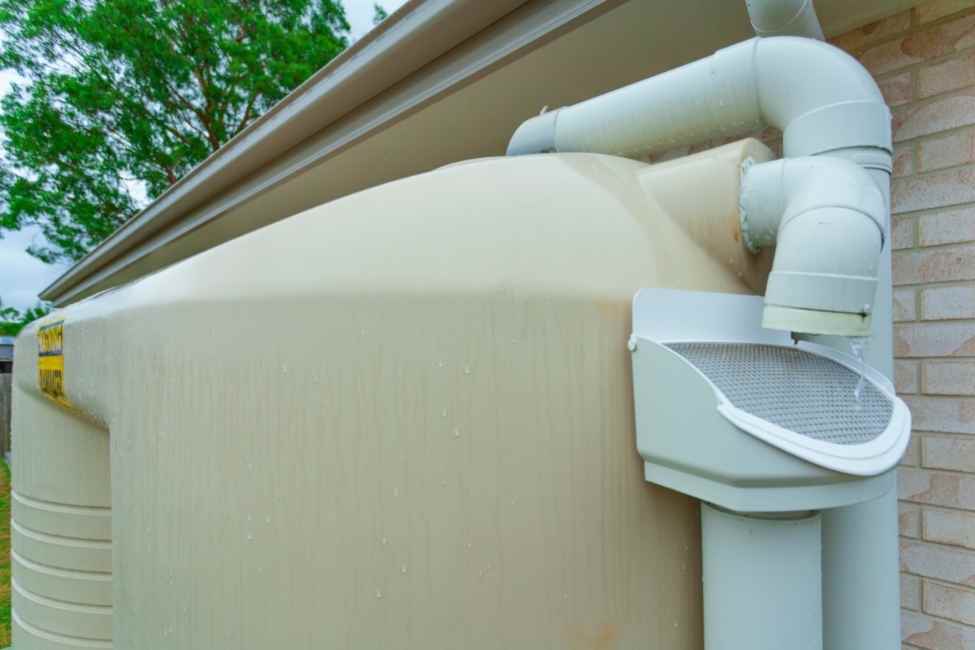
6. Implement a Rainwater Harvesting System
Storing rainwater can significantly save on your mainline water use. One effective way to achieve this is to implement a harvesting system that purifies, collects, and stores rainwater for later use.
A typical rainwater harvester for home use operates by first filtering the gathered rainwater and then storing it in an underground water tank to keep it at a cool temperature, away from light. This water can then be sourced for everyday use around your house.
7. Get Sustainable Flooring
Sustainable flooring is made from recycled and non-volatile materials, decreasing the chances of any negative environmental impact. These eco-friendly floorings are easy to maintain and help regulate indoor temperature. Many sustainable flooring options are available these days, including cork, linoleum, concrete, bamboo, and solid hardwood.

8. Add a Recycling and Compost Bin
One productive way of positively impacting our planet’s ecosystem is appropriately disposing of recyclable waste.
For this, you can keep recycling and composting bins in your home, encouraging you to be more conscious and active in disposing of household waste.
You can put recyclable materials in the recycle bin, such as paper, glass bottles, tin cans, etc., while storing away leftovers in the compost bin. All you have to do is hold the old leftover food scraps in the bin and leave them be for some time. Soon enough, they will turn into compost that you can use as fertilizer for your garden.
9. Integrate Smart Appliances into Your Home
With climate change concerns on the rise, home appliances like air conditioners, washing machines, and thermostats now come with built-in eco-friendly features.
A prime example of this energy-efficient technology is the smart thermostat. This thermostat has the technology to monitor your home’s temperature patterns, regulating the indoor environment according to the temperatures outside. The thermostat is linked to your air conditioning systems through Wi-Fi and can easily be accessed through your smartphone.
In Conclusion
As environmental concerns grow over the deterioration of our planet, people are now taking steps to reduce their impact. With our tips above you too can start making a difference. Whether it’s a small step such as using energy-efficient light bulbs or a more drastic one like installing solar panels, everything counts.
How are you making your home more eco-friendly?
We’d love to hear from you in the comments below.

